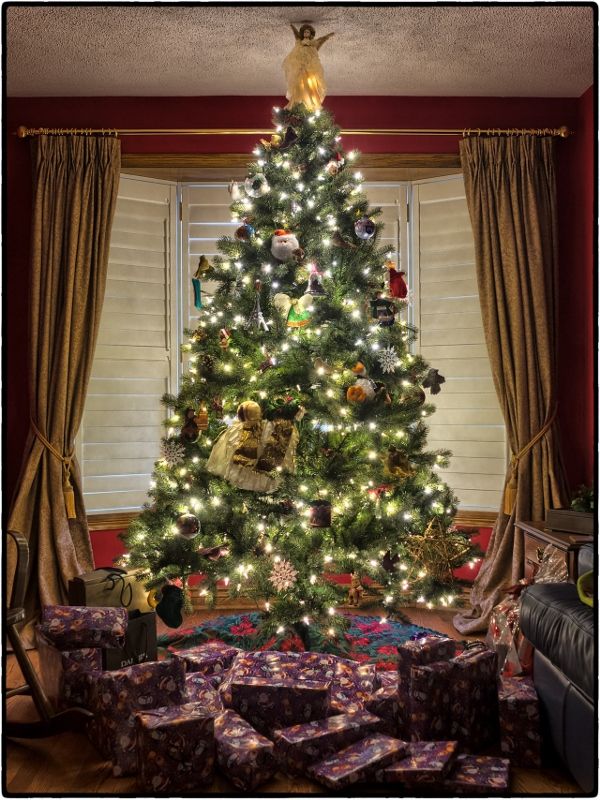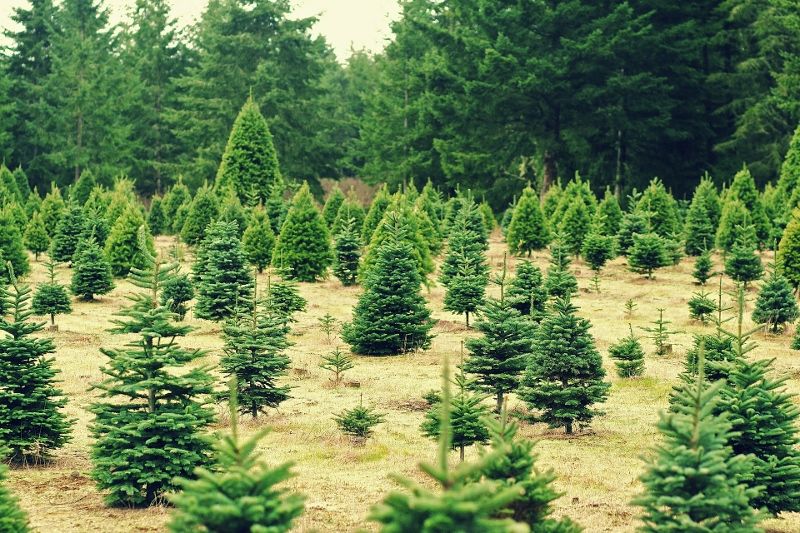What Goes Into Growing Christmas Trees
With the Christmas season here, and our lot filled with fresh-cut trees, our plant health care team thought our visitors might be interested in learning what is involved in growing Christmas trees. Many people may think that growing a Christmas tree is the same as finding any other tree in their yard or at a park. But the truth is, Christmas trees require particular care. So here is the process of growing the ideal Christmas tree.
Planting & Growing Christmas Trees
Growing a Christmas tree takes a lot of time and labor. Like other plants, Christmas trees require the proper conditions that will encourage healthy growth and lower the risk of health issues as much as possible. For example, growers need to remove weeds, and the soil has to have the proper pH balance and be fertile enough for the seedlings. All of these issues need to be ironed out in advance of actually planting the tree seeds. In addition, growers need to plant the tree at the correct depth: If the trees are planted too deep, the root structure will struggle to expand and send nutrients to the tree. If they are planted too shallowly, the roots may be damaged by hot or cold temperatures and dry soil conditions.
The next step is to take care of and maintain the tree’s health. Growing Christmas trees takes a long time: up to 3 years for a transplanted seedling to establish a sound root system and around 8 to 10 years to grow to a good size. And like other plants, Christmas trees are susceptible to numerous issues that affect their health, ones that people need to look out for as the tree grows.
Christmas Tree Health Issues
Pests and diseases can cause issues for Christmas trees and the people who grow them. One of the more common diseases is Phytophthora, a fungus-like organism favored by wet, saturated soils with poor drainage. When soil is too moist, certain fungus spores can germinate to produce swimming spores that infect Christmas trees and other plant roots. Affected trees initially have single branches (usually ones low on the tree) with needles that change to yellow and red-brown and remain on the tree. To prevent root rot, growers need to purchase clean, healthy tree seedlings and ensure the planting sites have suitable conditions.
Another issue that can affect Christmas trees is Swiss needle cast. Swiss needle cast is a fungal disease that results in the second or third-year needles on the lower branches of the tree yellowing or browning. The fungus typically infects trees in the summer, develops, and spreads over the fall and winter, eventually resulting in the needles dropping around late summer.


Keeping Christmas Tree Health Issues in Check
Much care is involved in growing Christmas trees. Growers need to keep a close eye on their trees and the growing fields to detect any issues early. If a grower notices any problems, they need to take specific measures depending on the situation, such as applying fertilizer and pest control. Growers also need to trim the branches to promote that classic Christmas tree shape.
Visit the Burkholder Holiday Market for Fresh Cut Christmas Trees
If you are looking for a fresh tree this holiday season and prefer a local vendor to traveling hours to a farm that is growing Christmas trees, visit the Burkholder Holiday Market. Our holiday market offers freshly cut Pennsylvania-grown Christmas trees, such as Douglas firs and Fraser firs. We also have unique gifts for sale, and special events like bonfires for marshmallow roasting and even visits from Santa and his reindeer! Visit our holiday market today and get your beautiful Christmas tree.

